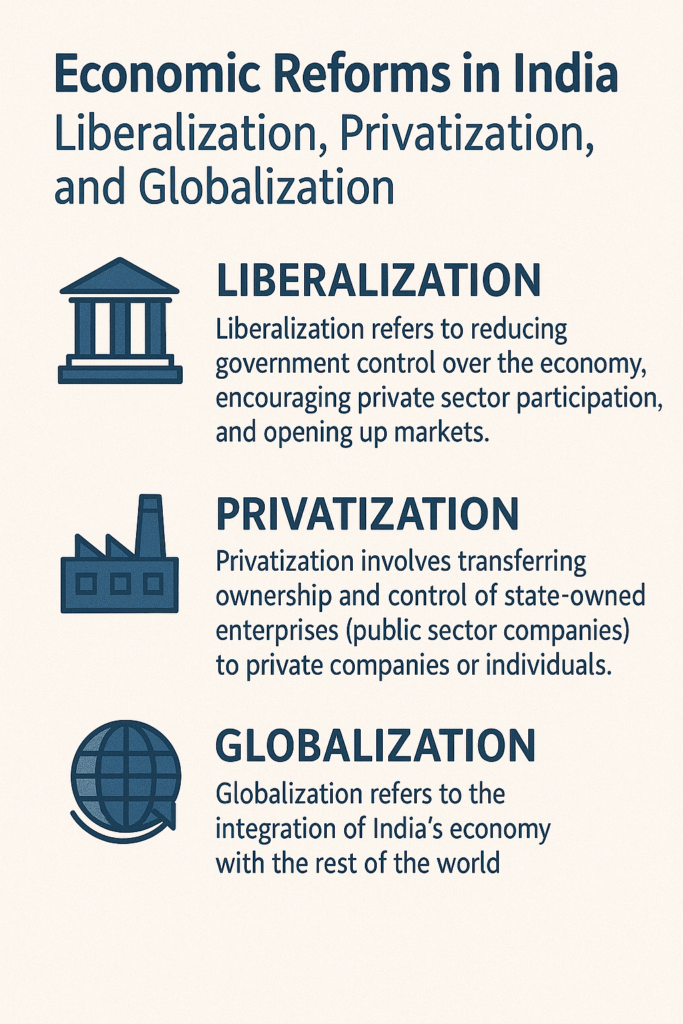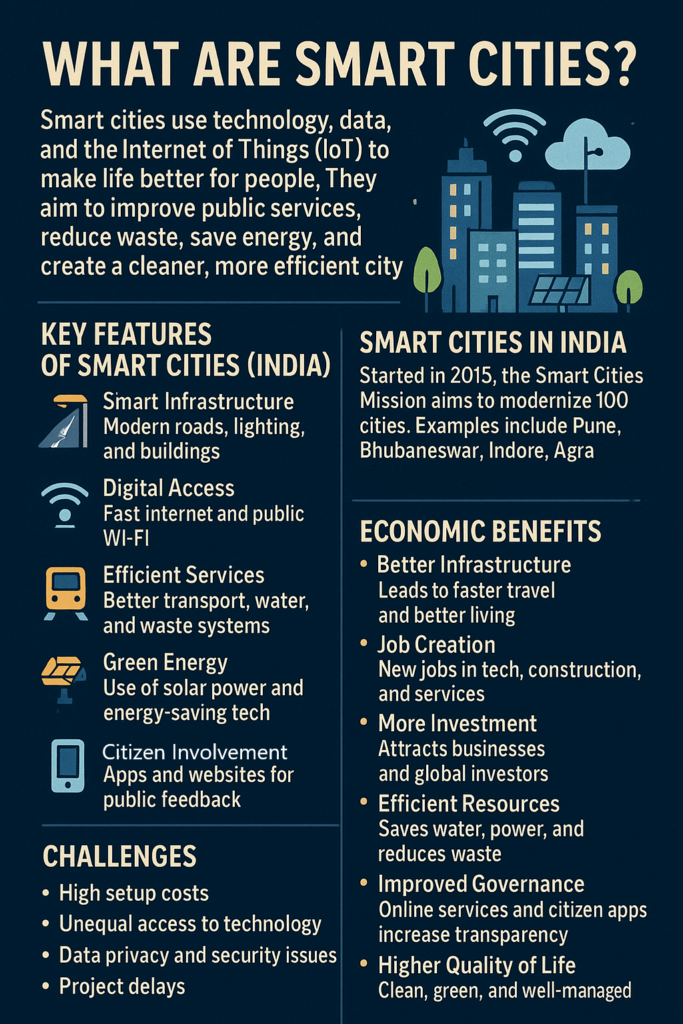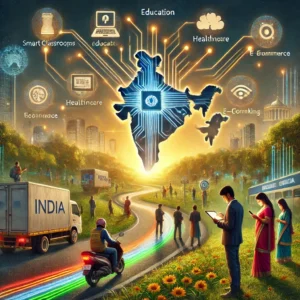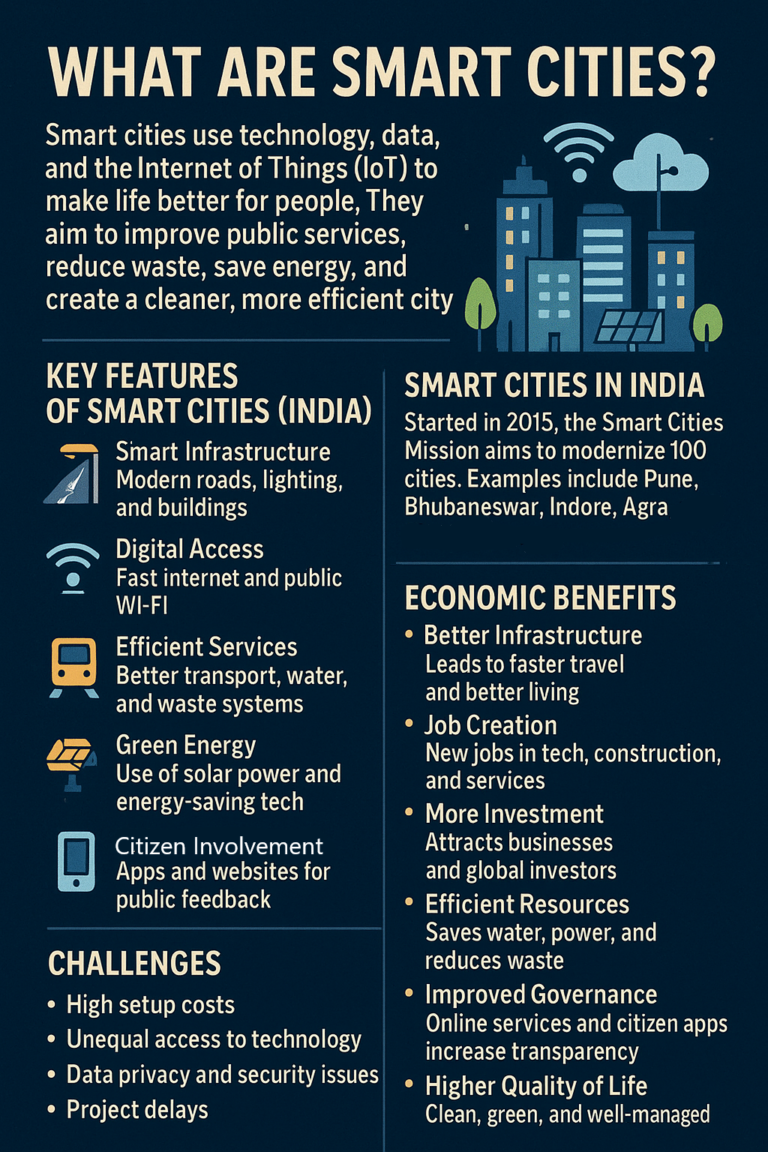Economic Reforms in India: Liberalization, Privatization, and Globalization
Economic reforms in India, often referred to as Liberalization, Privatization, and Globalization (LPG), marked a major turning point in the country’s economic history. These reforms, introduced in the early 1990s, aimed at transforming India’s economy by making it more market-oriented, competitive, and integrated with the global economy.

1. Liberalization (L)
What is Liberalization? Liberalization refers to reducing government control over the economy, encouraging private sector participation, and opening up markets. It involved relaxing or removing many restrictions that were imposed on businesses and industries in India.
Key Features of Liberalization:
- Reduction in Licensing Requirements: Prior to the reforms, industries had to obtain licenses from the government to start a business, expand, or even import goods. Liberalization reduced these restrictions, making it easier for businesses to operate.
- Relaxation of Import Restrictions: India had a system of import controls that made foreign products expensive. Liberalization allowed for the free import of goods and services, bringing in competition and variety.
- Foreign Investment: Before 1991, India had very limited foreign investment. The reforms encouraged foreign investors to invest in Indian businesses, bringing in new capital, technology, and expertise.
Why Was It Needed? In the late 1980s and early 1990s, India’s economy was struggling. The country faced an economic crisis with high inflation, rising unemployment, and a large fiscal deficit (the gap between government spending and income). India’s foreign exchange reserves were running low, and the country was on the verge of defaulting on its international loans.
2. Privatization (P)
What is Privatization? Privatization involves transferring ownership and control of state-owned enterprises (public sector companies) to private companies or individuals.
Key Features of Privatization:
- Selling Government Shares: The government sold its stake in various public sector enterprises (PSEs), such as Indian Airlines, Bharat Petroleum, and others, to private investors. This allowed the private sector to take a more active role in the economy.
- Improving Efficiency: Public sector companies, which were often inefficient due to government control and lack of competition, were privatized to make them more efficient, competitive, and profitable.
- Encouraging Private Investment: Privatization helped attract private investments, both domestic and foreign, and allowed companies to operate more freely in the market.
Why Was It Needed? State-owned enterprises were burdened by inefficiency, corruption, and financial losses. Privatizing them was seen as a way to improve performance, increase productivity, and reduce the fiscal burden on the government.
3. Globalization (G)
What is Globalization? Globalization refers to the integration of India’s economy with the rest of the world. This means promoting trade, investment, and the flow of goods, services, and capital across borders.
Key Features of Globalization:
- Trade and Export Growth: India opened up its markets to foreign goods and services, which led to a rise in exports. This helped Indian businesses access global markets and increased foreign exchange earnings.
- Foreign Direct Investment (FDI): With more relaxed rules, foreign companies could now invest in Indian industries, setting up factories, offices, and joint ventures. This brought in new technology, managerial expertise, and employment opportunities.
- Cultural Exchange: Globalization also led to an influx of global brands and cultures, making India a part of the global consumer market. It brought foreign companies like McDonald’s, Coca-Cola, and others into the Indian market, offering Indian consumers a wider variety of products.
Why Was It Needed? Before the reforms, India’s economy was relatively closed off, with high tariffs and barriers to international trade. This limited competition and growth opportunities. By opening up to the global economy, India could benefit from foreign investment, access to advanced technologies, and a larger customer base for its products.
Impact of Economic Reforms (LPG)
- Economic Growth: After the reforms, India experienced rapid economic growth. The GDP grew at an average rate of around 6-7% per year, leading to higher incomes, more jobs, and improved living standards.
- Rise of the Middle Class: As the economy grew, so did the middle class. People had more disposable income, which led to greater demand for goods and services. This increased domestic consumption and boosted the economy.
- Industrial and Technological Advancements: The liberalization and privatization of industries allowed businesses to modernize, adopt new technologies, and compete globally. Sectors like information technology (IT), telecommunications, and pharmaceuticals boomed.
- Increase in Foreign Investment: The reforms attracted significant foreign direct investment (FDI), which helped improve infrastructure, technology, and skill development in various sectors.
- Better Infrastructure: With privatization and foreign investment, many industries (like power, roads, and telecommunications) saw a significant improvement in infrastructure.
Challenges After the Reforms
While the economic reforms led to many positive changes, they also brought certain challenges:
- Inequality: The benefits of growth were not evenly distributed. While urban areas and industries grew rapidly, rural areas and low-income groups often didn’t experience the same level of improvement.
- Unemployment in Traditional Sectors: Some traditional industries, such as textiles and agriculture, struggled to compete with global markets, leading to job losses in these sectors.
- Cultural Change: With globalization, there was also an influx of Western culture, which led to concerns about the loss of traditional Indian values.
Conclusion
The economic reforms of 1991, focusing on Liberalization, Privatization, and Globalization, played a crucial role in transforming India into one of the fastest-growing economies in the world. While the reforms brought prosperity and new opportunities, they also posed challenges that need ongoing attention. These changes helped India integrate into the global economy, encouraged private enterprise, and spurred technological and industrial growth.











